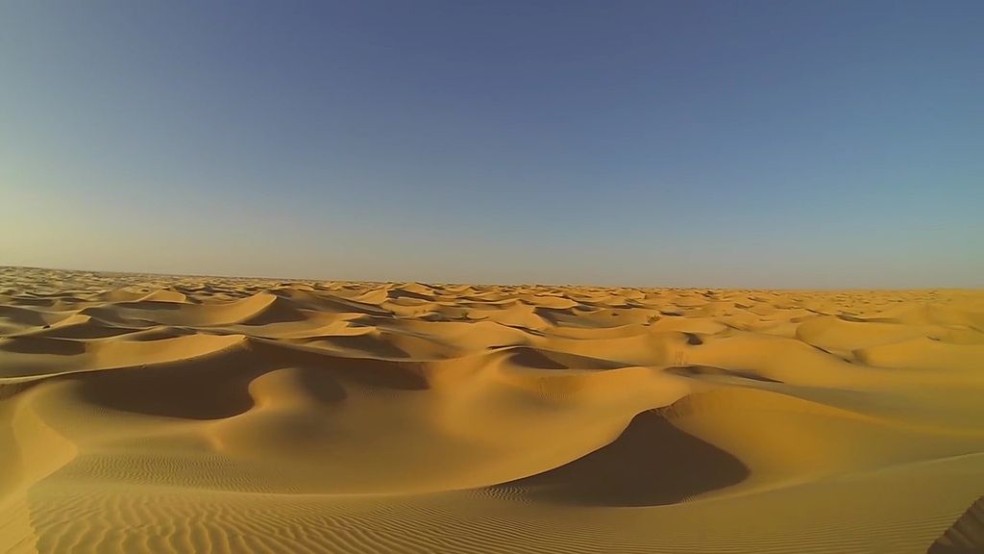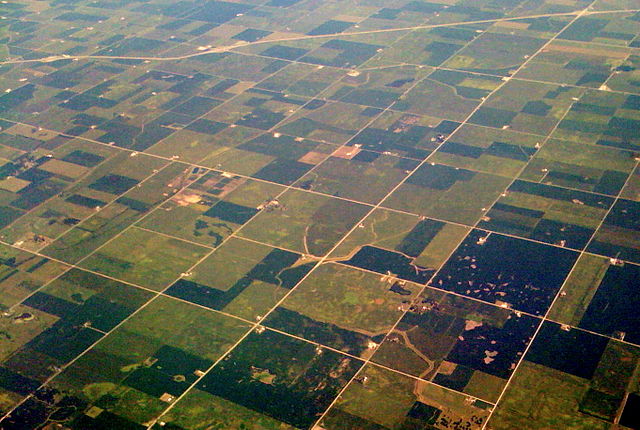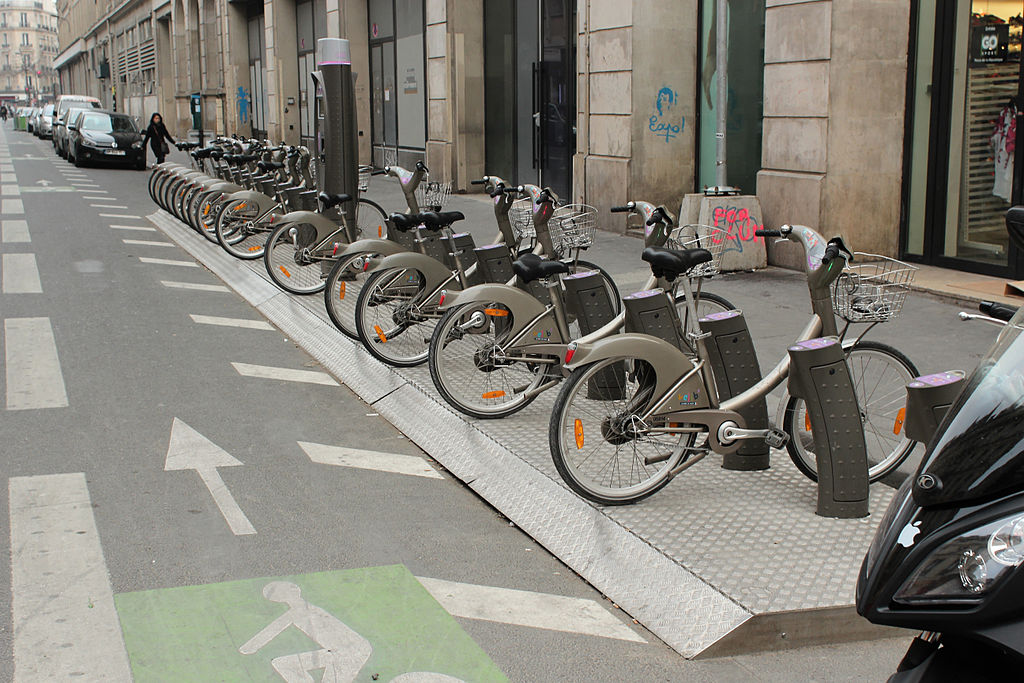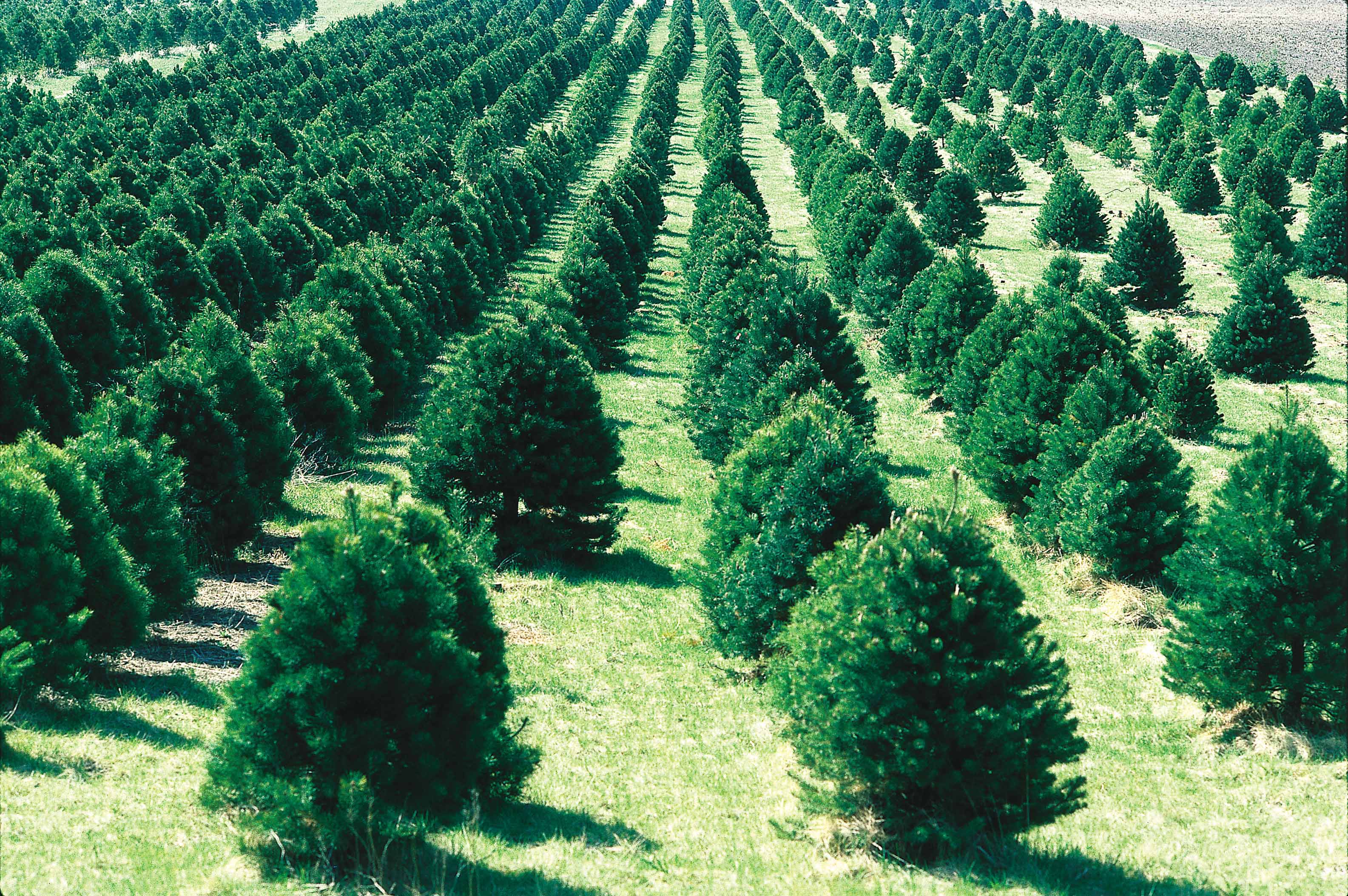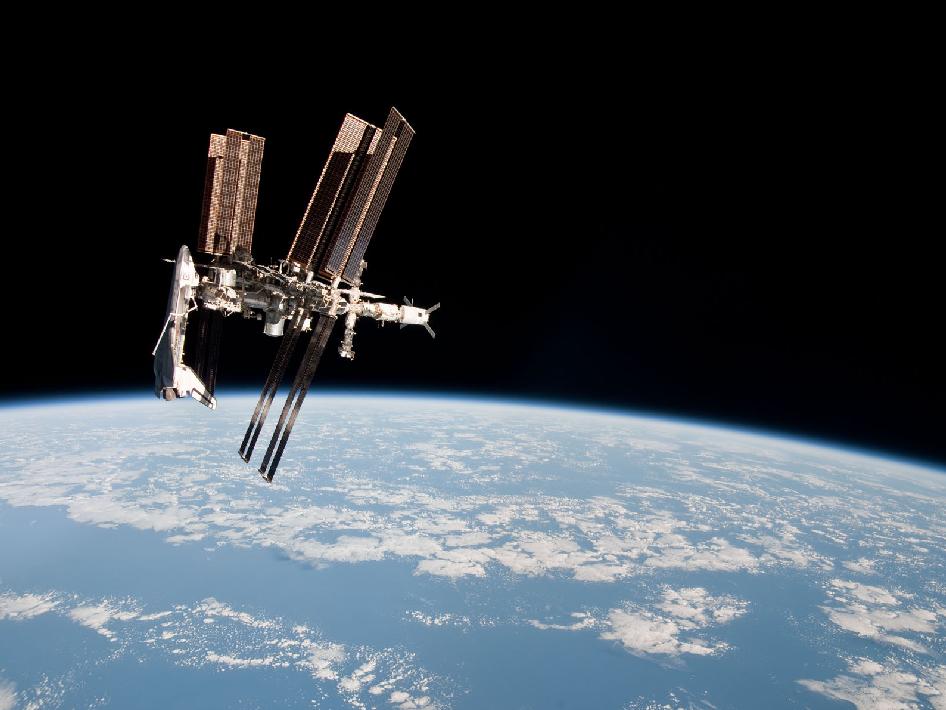As humans around the world grow in wealth and number, our cities and farms are eating into the space and energy available for wild ecosystems. This series so far has focused on ways to be more efficient in our consumption of space and natural resources, to give more breathing room to the living things with which we share this planet. But there’s a geographic component to solving …
Our Slice of the Carbon Cycle: Growing Energy
In this politically frantic time, let’s harken back to a legislative moment of yesteryear. In January 2007, President George W. Bush signed the Energy Independence and Security Act, which provided funding for research into biofuel production and mandated that we mix 36 billion US gallons of the stuff into the fuel supply by 2020. If you’d like to take a trip down memory lane, …
Our Slice of the Carbon Cycle: Down on the Farm
Looking out an airplane window, it is shocking to see how much of the Earth’s surface is farmland – all those irrigated circles and squares, stretching on to the horizon. If this land was not tilled, sowed, sprayed, guarded and harvested – if it was not teased into the tidy, geometric, human shapes we see from the plane – it could be dales …
Of Salt and Sinkholes
According to the internet hivemind, sinkholes form when you divide by zero. According to Wikipedia, a sinkhole is a depression or hole in the ground caused by some form of collapse of the surface layer, usually as a part of karst landscapes. Most often, water erodes away the stuff underneath for a while before the hole opens up. The ones …
Our Slice of the Carbon Cycle: More with Less
Cover photo credit: Wikimedia user Coyau The picture is gloomy. Humans are consuming the Earth’s resources at an unsustainable clip, and the prospect of reducing that consumption seems remote at best. While global population growth is slowing, there are still more people every day. Each person is consuming more as people around the world get richer. Global trade is reaching deep into …
Our Slice of the Carbon Cycle: An Approach to Being Humans on Earth
We all want to leave a livable planet for future generations. In doing so, there are many priorities to juggle – protecting natural ecosystems, preserving biodiversity, and maintaining the “ecosystem services” that keep our air, water and soil clean. At a basic level, these seemingly unrelated priorities all center on the space we take up on this planet, and how we use it. There are other major environmental …
Space: A Reflection of Ourselves
In late April, Russia’s deputy prime minister helpfully suggested that the United States look into trampolines to get its astronauts to the International Space Station (ISS). The threat to stop ferrying US astronauts on Russian ships, delivered cheekily and via twitter, was mostly a childish diplomatic gesture reflecting rising tensions over Ukraine. However, it exposed a telling snapshot of the changing politics and science of …
How to Explain Climate Change to Your Own Mother: An Uncertain Future
Today on How to Explain Climate Change to Your Own Mother, we will be treading into some rather murky territory. Previously, I have covered the physical reality of climate change: greenhouse gases trap in heat from the sun, and human activities spew out more greenhouse gases than can be naturally fixed into non-greenhouse gases. I’ve also shown a bit of …
How to Explain Climate Change to Your Own Mother: The Science and The Scientists
What is climate science? Who are climate scientists? I promised an answer and I’m here to deliver, by dissecting how climate is measured and who gathers this climate data. However, to kick off this post, we will actually start with what climate is not, and that’s weather. Many misconceptions about climate science stem from the confusion between these two topics. …
How to Explain Climate Change to Your Own Mother: A Guide in Multiple Installments
I have been involved with science communication and education for the majority of my adulthood. The array of venues in which I have taught, subjects I have conveyed, and audiences I have engaged has been vast; each delicate combination of venue, subject, and audience throwing a delightful challenge my way. In a non-native tongue, I have explained the wonders of …

